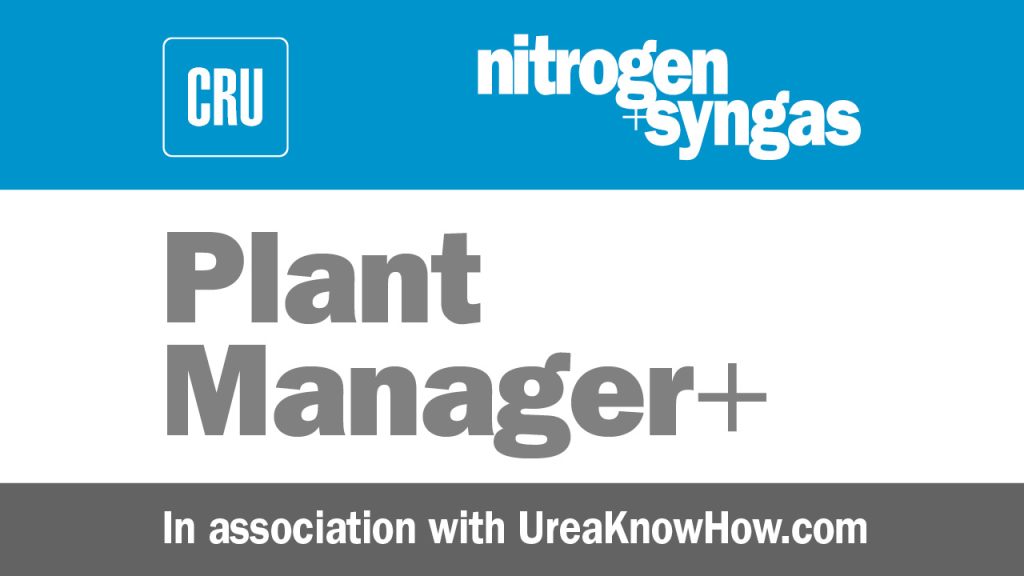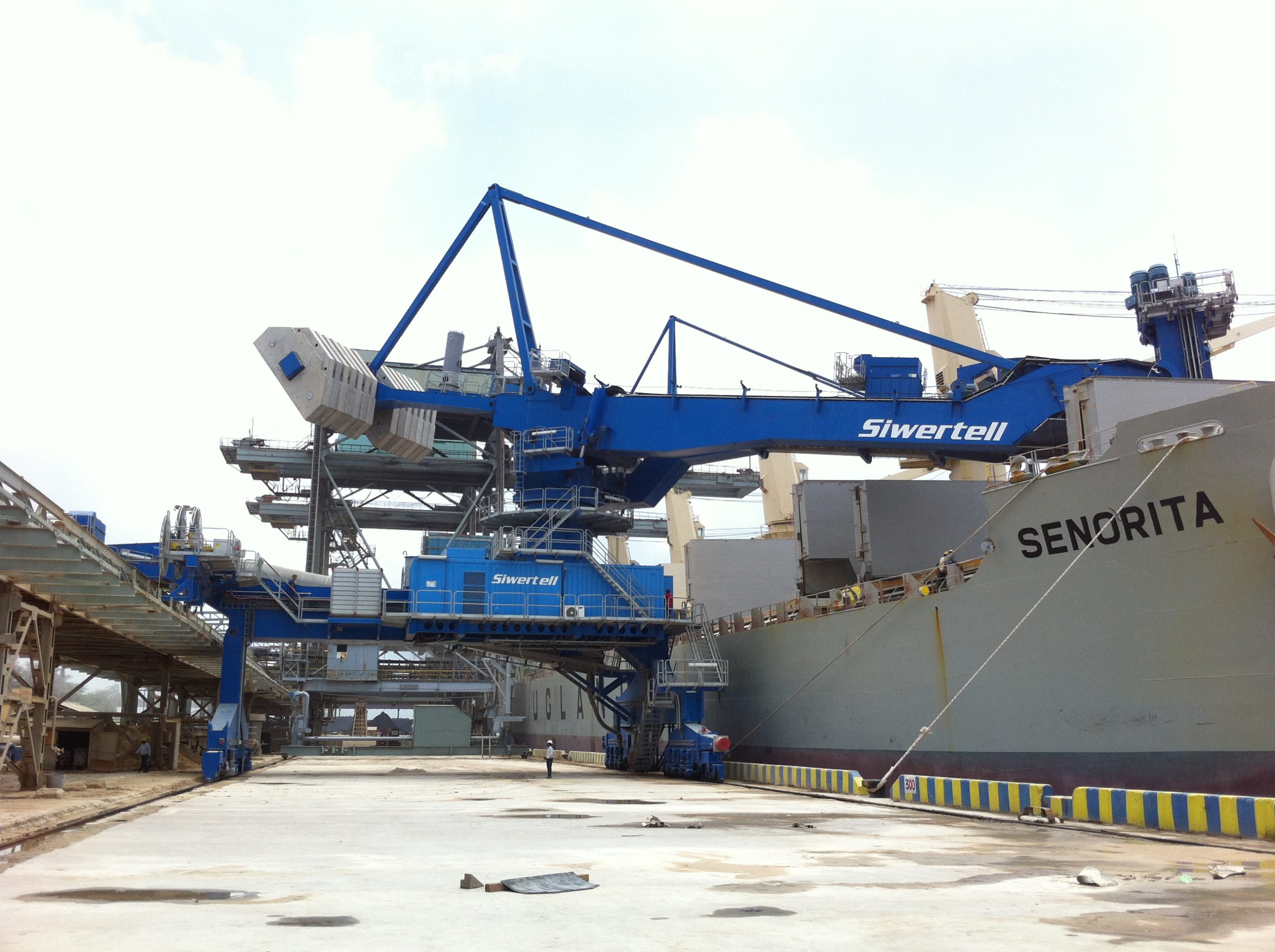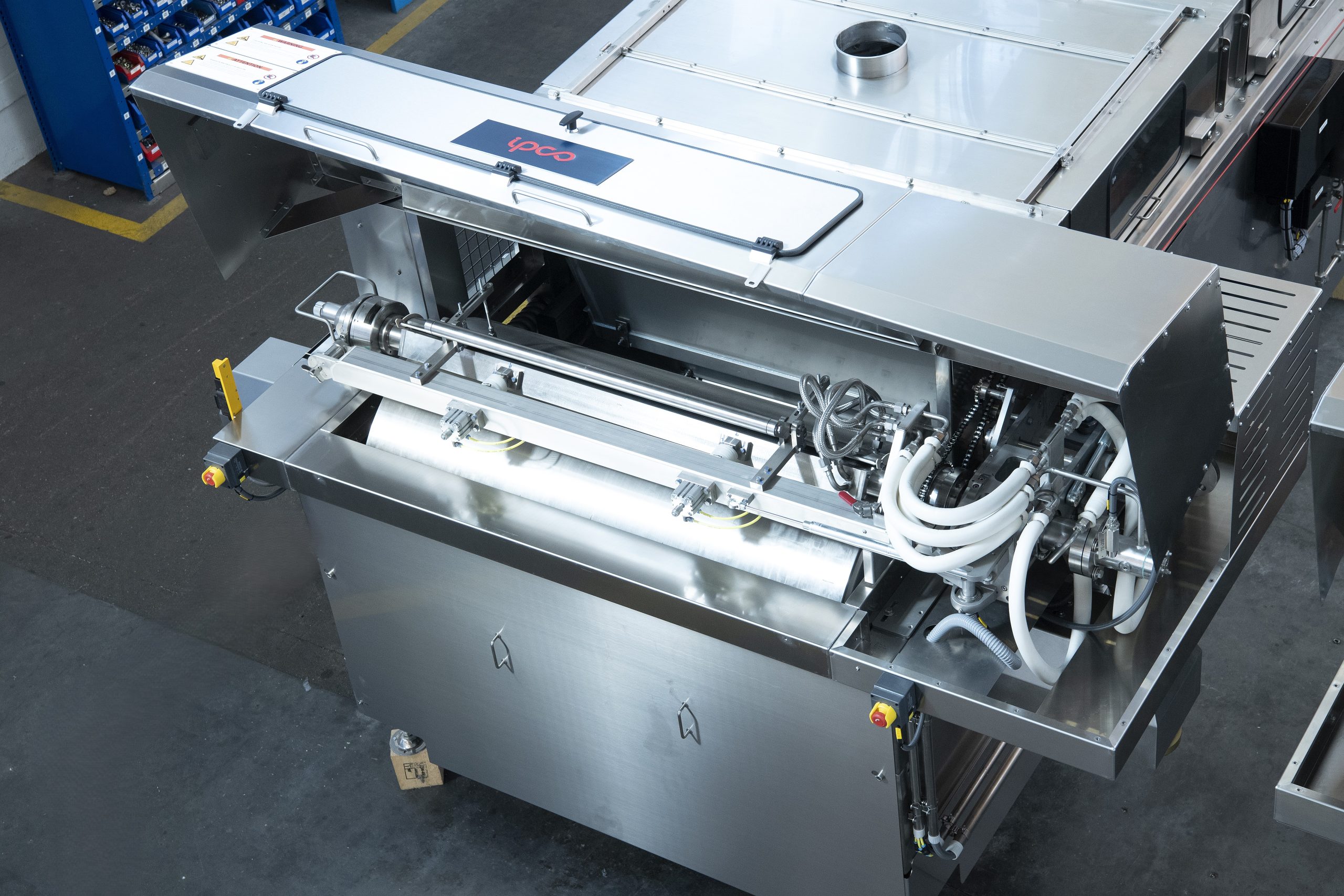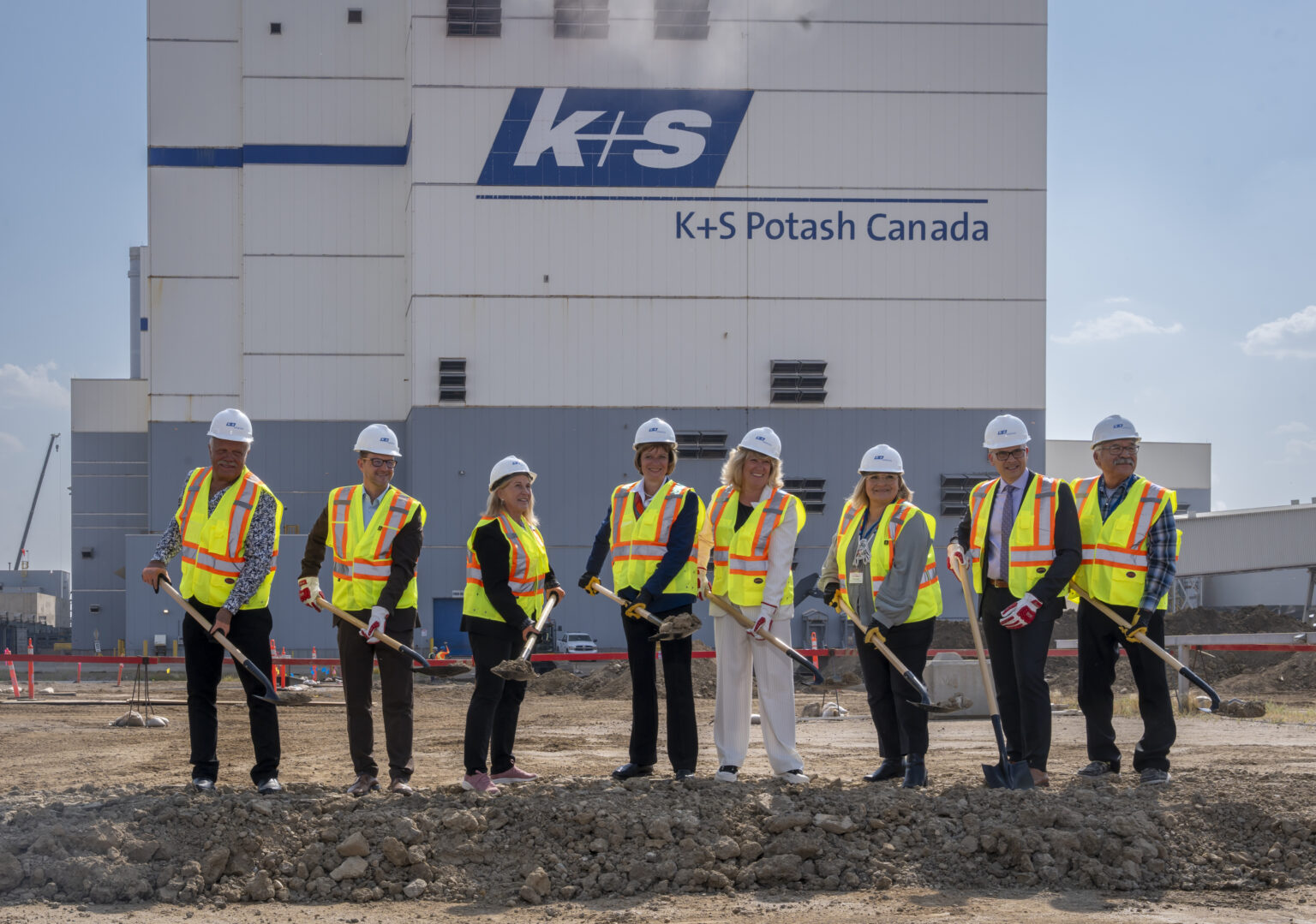Nitrogen+Syngas

31 December 2017
Problem No. 45: Effect on reactor liner in case of reactor hold up
In the case of a failure in a urea plant, when the problem is expected to be solved within a short period, the high pressure synthesis section is typically blocked in (referred to in this article as reactor hold up). All input and output streams are closed and the synthesis section remains partly filled with a solution consisting of ammonia, CO2, water, ammonium carbamate and of course urea. Several risks can occur during this blocked in situation: 1) as the temperature slowly reduces crystallisation could occur; 2) active corrosion could start as no fresh oxygen is supplied to the synthesis during blocking in and; 3) an explosive gas mixture could occur as hydrogen and oxygen are present.

Sandeep Gochar of GNFC in India initiates a discussion on this topic: I am working in a Saipem technology urea plant. I would like to know what effect keeping the reactor in hold up conditions after a shutdown will have on the reactor liner. Usually Saipem recommends draining the reactor if the shutdown is longer than 48 hours.
Prem Baboo of NFL India replies: Generally, the new practice in our plant is to have reactor hold up solution for no more than 48 hours. The reactor must be drained within 48 hours. Some corrosion was observed due to the low CO2 purity (98.0 vol-% or less). Secondly the ammonia feed is not pure; it has some oil contents including some sulphur. Chlorine is also present in the passivation air. Our practice is as follows:
- feed liquid ammonia every 15 hours;
- drain the reactor within 48 hours;
- ensure a proper NH3/CO2ratio;
- ensure purity of CO2 (reduce hydrogen and organic matter slipping from the CO2 removal section);
- during start-up introduce NH3 feed 10-15 min prior to CO2 feed.
Sandeep asks for some clarifications: Feeding liquid ammonia every 15 hours is something new for us but we will definitely look into it. Suppose we have reactor hold up for 48 hours, how does it affect the reactor liner thickness? One more question, which area (bottom, middle, top) of the reactor liner is more prone to thinning in the case of hold up or is the affect uniform throughout the reactor?
Prem replies to Sandeep: The top part of the reactor lining is more prone to thinning. If you feed ammonia then the reduction in thickness at the bottom of the reactor liner is always less than at the top. The solution must be drained within 48 hours. Do not exceed 48 hours. If you have a planned shutdown, first stop the CO2 feed and then after 8-10 minutes stop the ammonia feed.
Mark Brouwer of UreaKnowHow.com in the Netherlands asks Prem some additional questions: What is the best practice during blocking in of a Saipem synthesis with regard to the following:
- Position of MP vent valve (to avoid accumulation of hydrogen);
- Steam pressure on stripper;
- Do you monitor the temperature in the reactor to assure no CO2 leaks in?
- When you add ammonia every 15 hours, do you reduce the level in the HP level tank? As the ammonia enters the reactor via the HP ejector, is there a risk that the HP level tank will be empty?
- How much time should expire after start up before another blocking in of 48 hours is allowed?
Prem replies to Mark:
- Whenever there is a plant shutdown the MP vent is in auto mode, the excess pressure caused by inerts (H2/CH4/N2/O2/ Ar and some ammonia, etc.) is released and then the valve closes automatically, i.e. during shutdown the MP vent valve is in closed condition (after the hydrogen and all inerts have been vented out).
- During shutdown the steam pressure is zero on the stripper shell side.
- Yes, the temperature of the reactor must be more than 126°C and is generally run at about 140-165°C.
- Yes, the level in the HP level tank is reduced. If there is no ammonia left, take it from ammonia storage. If it is unavailable for any reason (shutdown of equipment etc.) it is not a problem. We try to drain the reactor within 40 hours for equipment health. There is no harm in draining out the HP loop solution, the effluent (urea, ammonia and CO2) will be recovered after shutdown. Draining means no effluent will drain out into the open. It should be collected in vessels (ammonium carbonate, urea solution tank etc.). These tanks are at atmospheric pressure and low temperature so there is less corrosion. Equipment health is always better than production loss.
- Another blocking in of 48 hours is permitted once the reactor is receiving feed and all of the solution has been replaced with fresh solution and with passivation air.
Mark asks for some more information: Have you ever experienced passing of the CO2 valves resulting in CO2 entering the reactor during blocking in? This would lead to higher temperatures and possibly active corrosion.
What is the reason for adding some ammonia every 15 hours?
Does it reduce the risk of corrosion or crystallisation?
Prem replies: As regards CO2 leakage, there are two feed valves: one is a motor operated angle valve (MOV) and the other is a pneumatic valve also angle (needle valve), so there is less chance of leakage.
When the feed is stopped, stop the CO2 compressor immediately and there will be no risk of leakage due to the compressor tripping.
If the compressor is operating, the discharge pressure may be reduced to less than the system pressure (reactor pressure) so that there is no risk of leaking.
It is important that the operator stops the CO2 feed first and then the ammonia to prevent CO2 leaks.
Ammonia addition reduces the risks of both corrosion and crystallisation.
Sandeep asks another question: What is the logic behind the reactor temperature not being allowed to go below 126°C.
Mark replies to Sandeep: Two reasons are given:
- risk of crystallisation;
- to reduce the temperature shock when the plant is started up again.
| This series of discussions is compiled from a selection of round table topics discussed on the UreaKnowHow.com website. UreaKnowHow.com promotes the exchange of technical information to improve the performance and safety of urea plants. A wide range of round table discussions take place in the field of process design, operations, mechanical issues, maintenance, inspection, safety, environmental concerns, and product quality for urea, ammonia, nitric acid and other fertilizers. |






